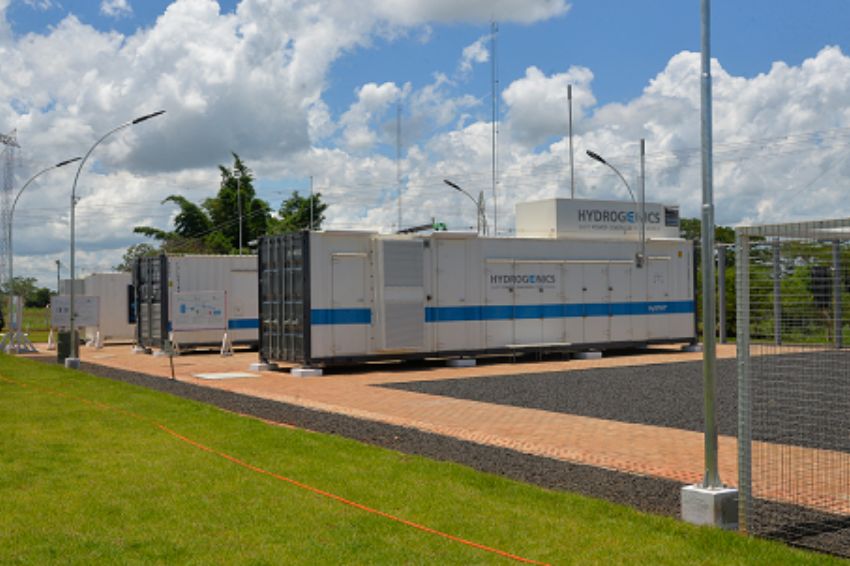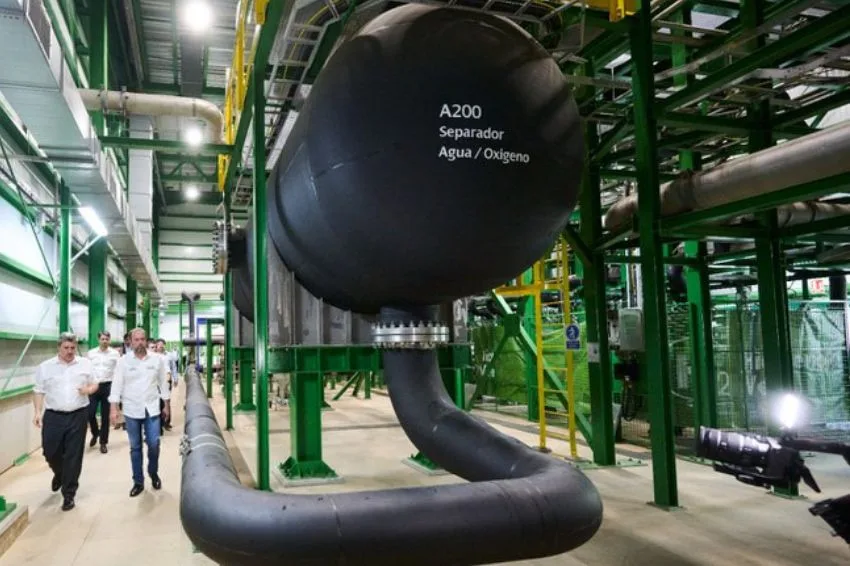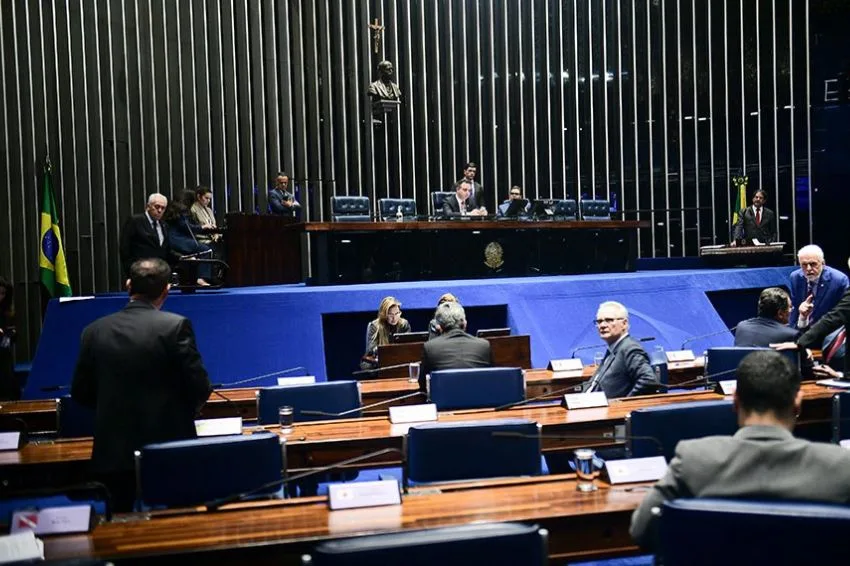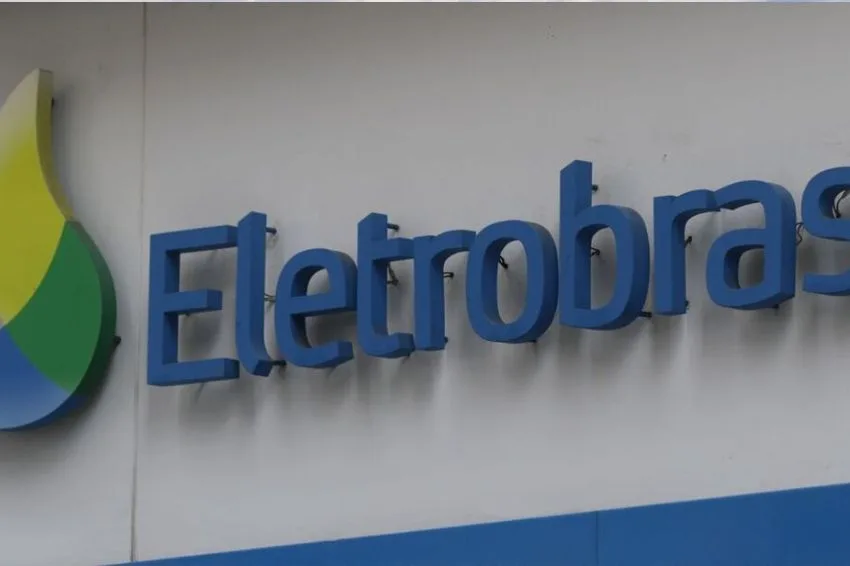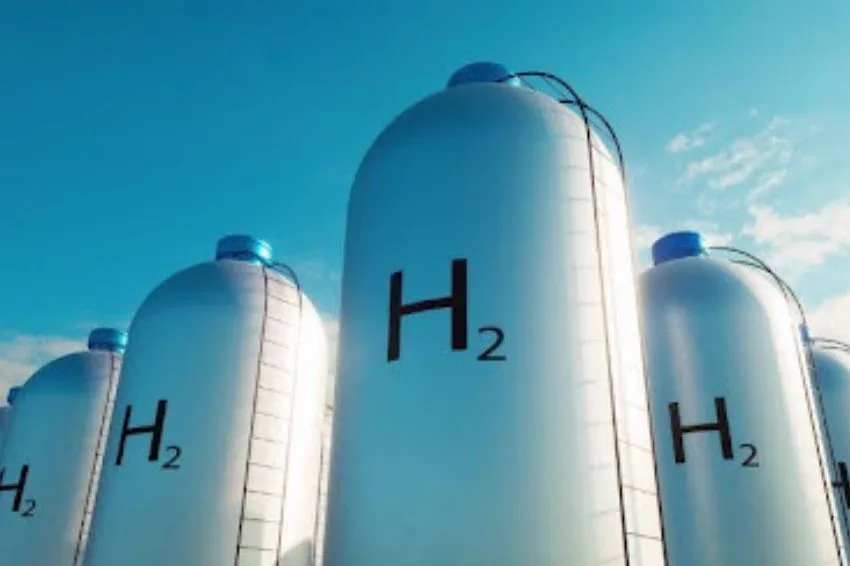A pilot solar energy generation and storage plant came into operation this week, with the capacity to produce hydrogen from a photovoltaic source and, in a reverse process, generate electrical energy for insertion into the SIN (National Interconnected System).
The plant is located at the Itumbiara Hydroelectric Plant – a unit of the company Furnas Centrais Elétricas, generator of the Eletrobras system – in Goiás (GO). The objective of the project is to study how to meet specific energy demands caused by daily variations in the SIN.
The plant was developed by a consortium led by the company Base Energia Sustentável, in partnership with Unicamp, Unesp, Senai Tecnologia e Automação de Goiânia and BTU/CEBra (BTU – Brandenburg University of Technology Cottbus Senftenberg).
Budgeted at R$ 44.5 million, the research and development project received funding of around R$ 40 million from Finep, a public company belonging to the Ministry of Science, Technology and Innovation. The remaining R$ 4.5 million was disbursed by Furnas, as a counterpart.
The consortium responsible for the project was selected in a public notice, launched in 2016 by Eletrobras Furnas, which considered the group's proposal to be the one with the greatest adherence and best price, as the public selection was based on Call 21 of ANEEL (National Electric Energy Agency ), which provided for the development of studies, in Brazil, of alternative energy storage technologies for inclusion in the Brazilian electrical system.
Pilot plant
The plant provides stability to the system, as it allows solar energy to be stored, which is not always available, transformed into hydrogen and, subsequently, converted into electrical energy.
“The machine that transforms solar energy into hydrogen operates using water. In the project, three interconnected technologies were used, which include specific equipment for generating and storing solar energy, hydrogen energy and, finally, electrochemical storage in lithium batteries, which also help to return energy to the system”, reported Finep .
According to Jacinto Maia Pimentel, from the Department of Dam Safety and Technology at Eletrobras Furnas, hydrogen has been in use in Brazil for many years, the difference is that the technology still used today in its production generates CO2 emissions into the atmosphere.
“The search is for technologies that allow us to obtain hydrogen with minimal carbon,” he stated. Recently, the company reached a historic milestone in Brazil, from a research and development point of view, of a production volume of 1.5 tons of green hydrogen, something previously unheard of in the country.
According to Eletrobras Furnas, mastering the technology of this new plant opens up possibilities for the company to commercialize hydrogen in new markets, including the pharmaceutical, food and metallurgical sectors, where there are business prospects surrounding a possible supply of the fuel for green steel manufacturing.
The company estimates investing R$ 20 million by 2025 to better understand how the green hydrogen production chain works and, therefore, make the process of obtaining the fuel in the country cheaper.


